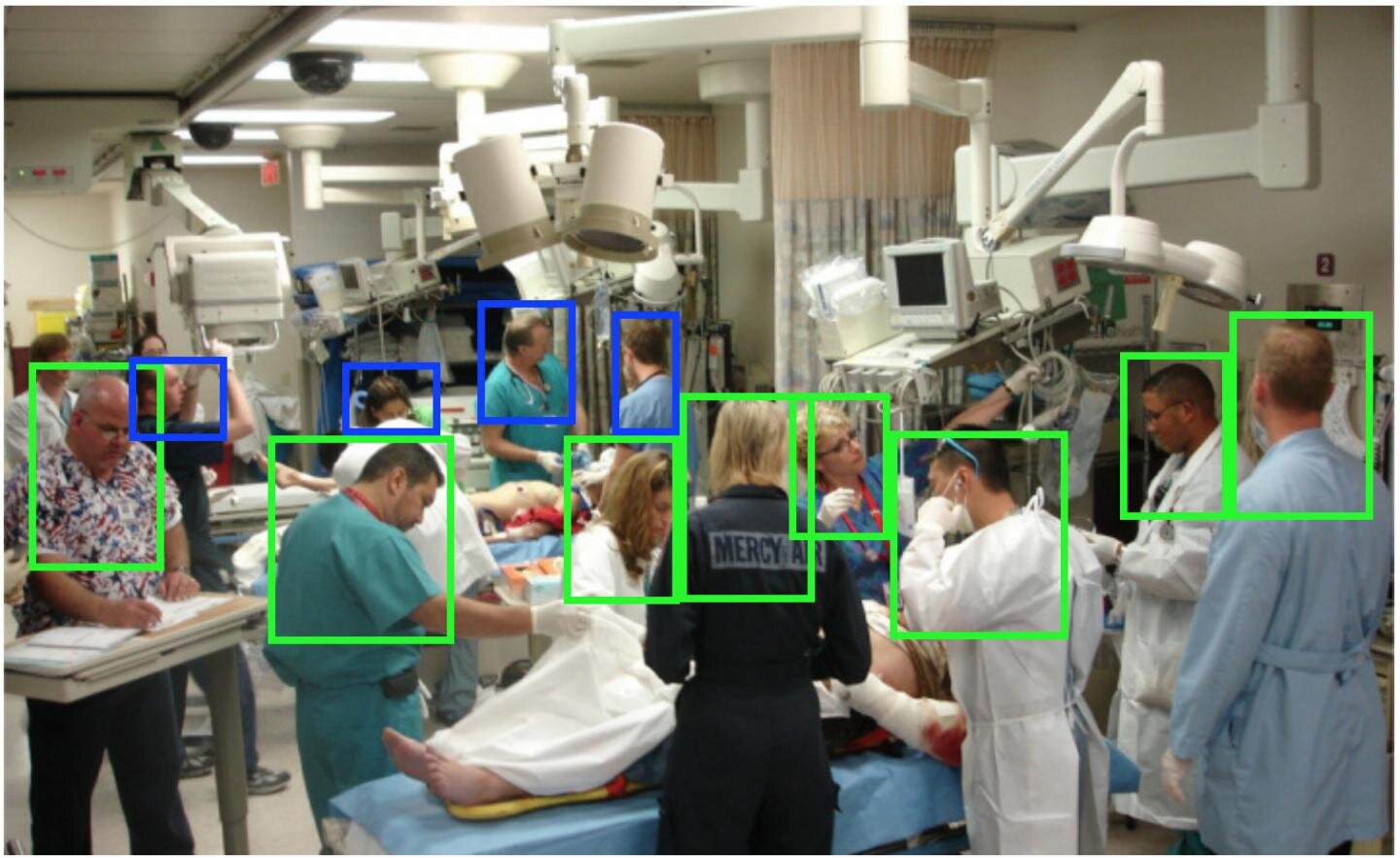
This system helps robots better navigate emergency rooms

Computer scientists at the University of California San Diego have developed a more accurate navigation system that will allow robots to better negotiate busy clinical environments in general and emergency departments more specifically. The researchers have also developed a dataset of open source videos to help train robotic navigation systems in the future.
The team, led by Professor Laurel Riek and Ph.D. student Angelique Taylor, detail their findings in a paper for the International Conference on Robotics and Automation taking place May 30 to June 5 in Xi’an, China.
The project stemmed from conversations with clinicians over several years. The consensus was that robots would best help physicians, nurses and staff in the emergency department by delivering supplies and materials. But this means robots have to know how to avoid situations where clinicians are busy tending to a patient in critical or serious condition.
“To perform these tasks, robots must understand the context of complex hospital environments and the people working around them,” said Riek, who holds appointments both in computer science and emergency medicine at UC San Diego.
Taylor and colleagues built the navigation system, the Safety Critical Deep Q-Network (SafeDQN), around an algorithm that takes into account how many people are clustered together in a space and how quickly and abruptly these people are moving. This is based on observations of clinicians’ behavior in the emergency department. When a patient’s condition worsens, a team immediately gathers around them to render aid. Clinicians’ movements are quick, alert and precise. The navigation system directs the robots to move around these clustered groups of people, staying out of the way.
“Our system was designed to deal with the worst case scenarios that can happen in the ED,” said Taylor, who is part of Riek’s Healthcare Robotics lab at the UC San Diego Department of Computer Science and Engineering.
The team trained the algorithm on videos from YouTube, mostly coming from documentaries and reality shows, such as “Trauma: Life in the ER” and “Boston EMS.” The set of more than 700 videos is available for other research teams to train other algorithms and robots.
Researchers tested their algorithm in a simulation environment, and compared its performance to other state-of-the-art robotic navigation systems. The SafeDQN system generated the most efficient and safest paths in all cases.
Next steps include testing the system on a physical robot in a realistic environment. Riek and colleagues plan to partner with UC San Diego Health researchers who operate the campus’ healthcare training and simulation center.
The algorithms could also be used outside of the emergency department, for example during search and rescue missions.
Technique enhances robot battlefield operations
Angelique M. Taylor et al. Social Navigation for Mobile Robots in the Emergency Department. cseweb.ucsd.edu/~lriek/papers/taylor-icra-2021.pdf
Citation:
This system helps robots better navigate emergency rooms (2021, May 10)
retrieved 11 May 2021
from https://techxplore.com/news/2021-05-robots-emergency-rooms.html
This document is subject to copyright. Apart from any fair dealing for the purpose of private study or research, no
part may be reproduced without the written permission. The content is provided for information purposes only.
Stay connected with us on social media platform for instant update click here to join our Twitter, & Facebook
We are now on Telegram. Click here to join our channel (@TechiUpdate) and stay updated with the latest Technology headlines.
For all the latest Technology News Click Here
For the latest news and updates, follow us on Google News.

